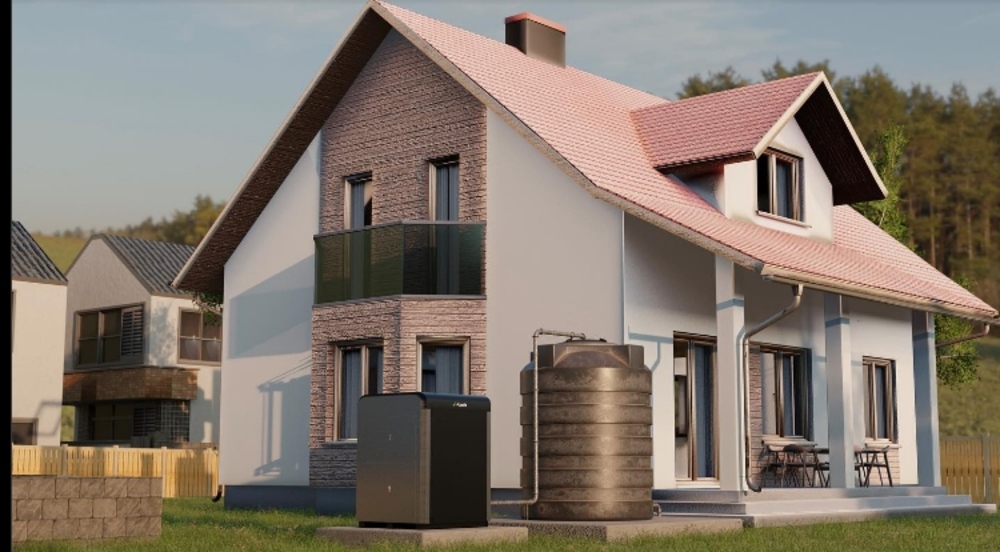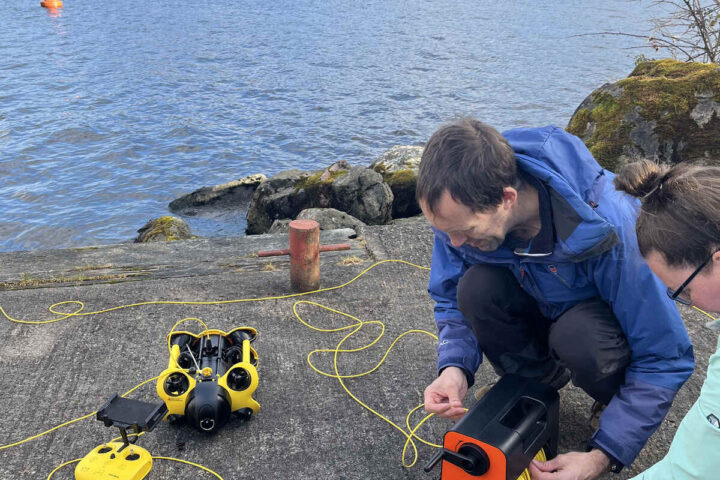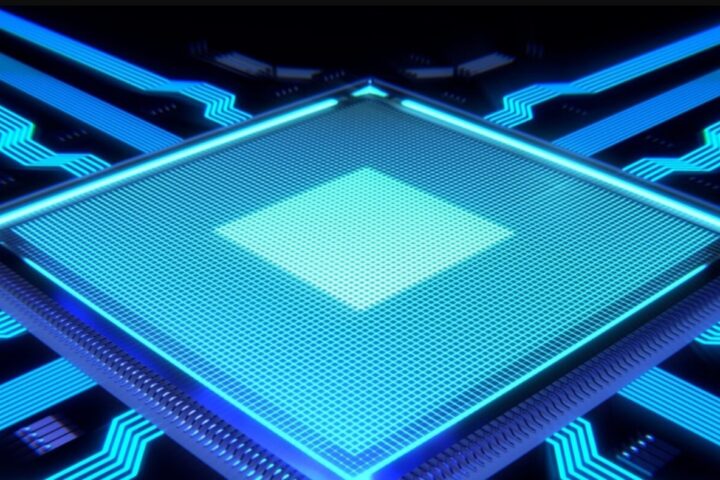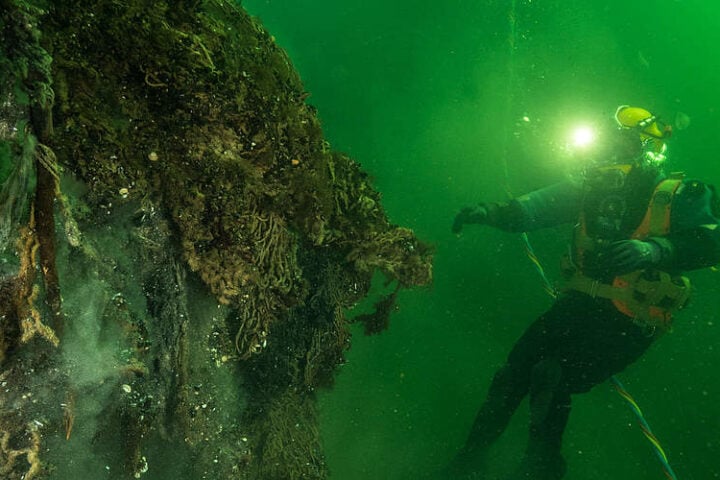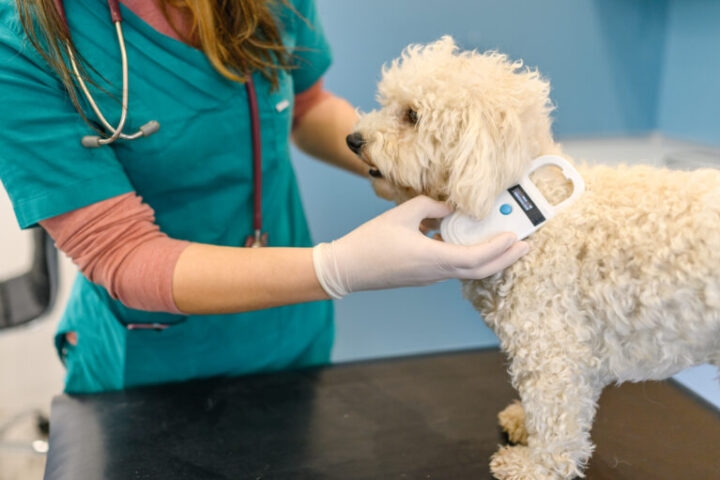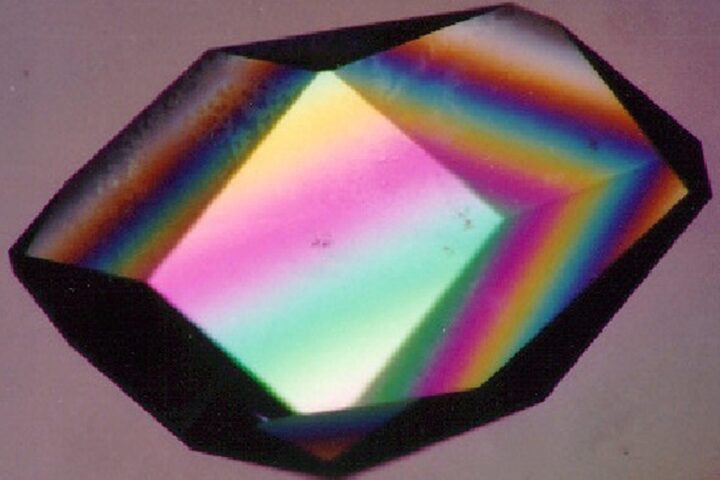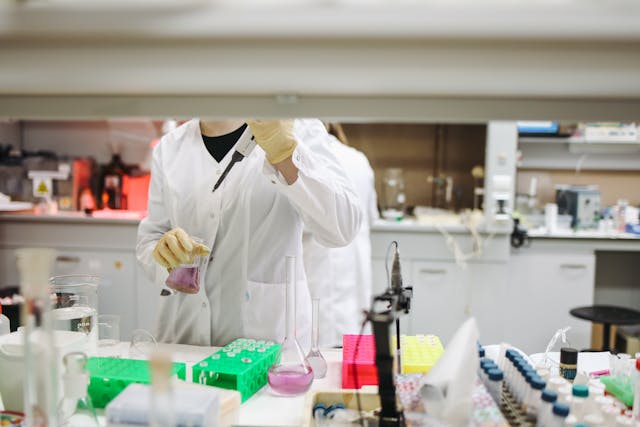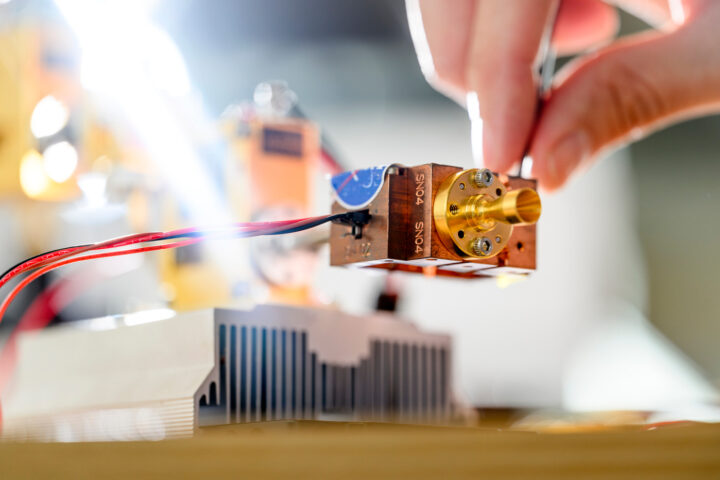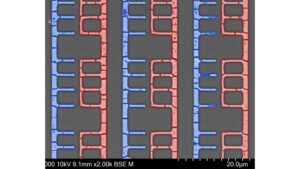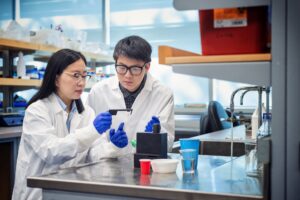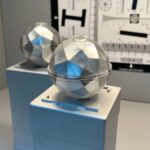In a world where an estimated 2.2 billion people lack access to clean water, innovative solutions like atmospheric water generators (AWGs) are becoming increasingly vital. These groundbreaking devices pull moisture from the air, transforming it into potable water for communities facing water shortages.
How Atmospheric Water Generators Work
Unlike traditional dehumidifiers, which also extract moisture from the air, AWGs utilize advanced filtration and sterilization technology to ensure the water is safe for consumption. The process involves drawing air into the system, cooling it below its dew point, and capturing the condensed water. As Brian Sheng, co-founder and CEO of Aquaria Technologies, explains, “The question is, how do we create condensation? How do we extract water out of the air in large volume and using little energy? That’s what our technology does.”
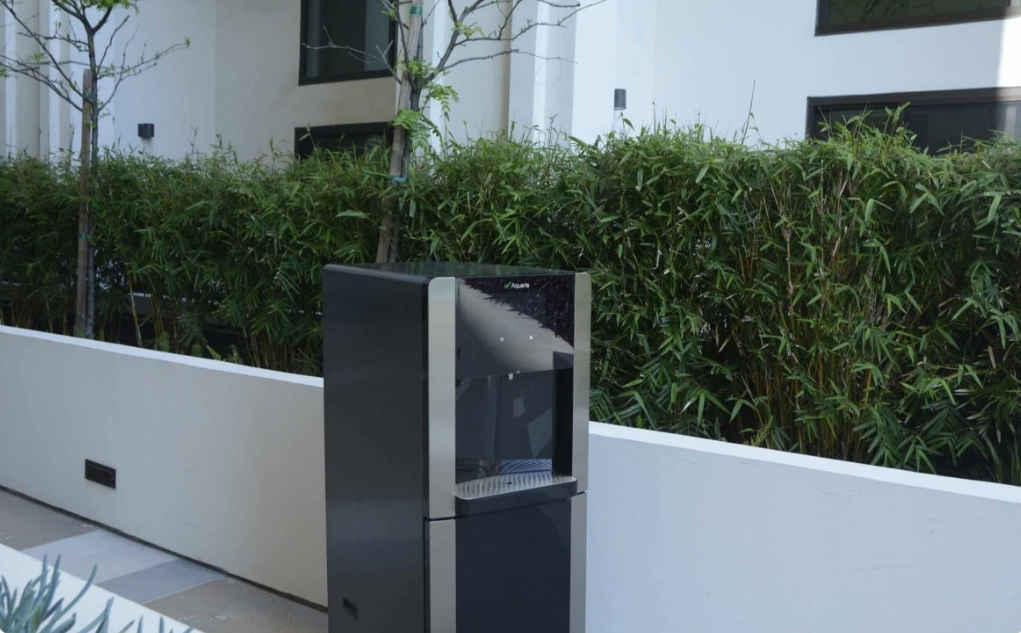
Aquaria Technologies: Pioneering Clean Water Solutions
Founded in 2022 in San Francisco, Aquaria Technologies is on a mission to provide affordable and clean drinking water in areas most affected by climate change. Their innovative Hydropack technology can replace an entire home’s dependence on municipal water, producing up to 132 gallons of potable water per day.
Other models, like the Hydrostation, can serve up to 1,500 people in outdoor public areas, while the Hydropixel offers a seamless at-home solution, generating 24 gallons of water daily with just a power outlet.
The Efficiency and Affordability of AWGs
As AWGs become more efficient and affordable, their potential to combat water scarcity grows. Aquaria’s Hydropixel, for instance, uses about 1.25 kilowatts of energy per gallon, translating to a cost of just a few dozen cents per gallon. With the advent of off-grid solar-powered models, the cost per gallon could be reduced even further.
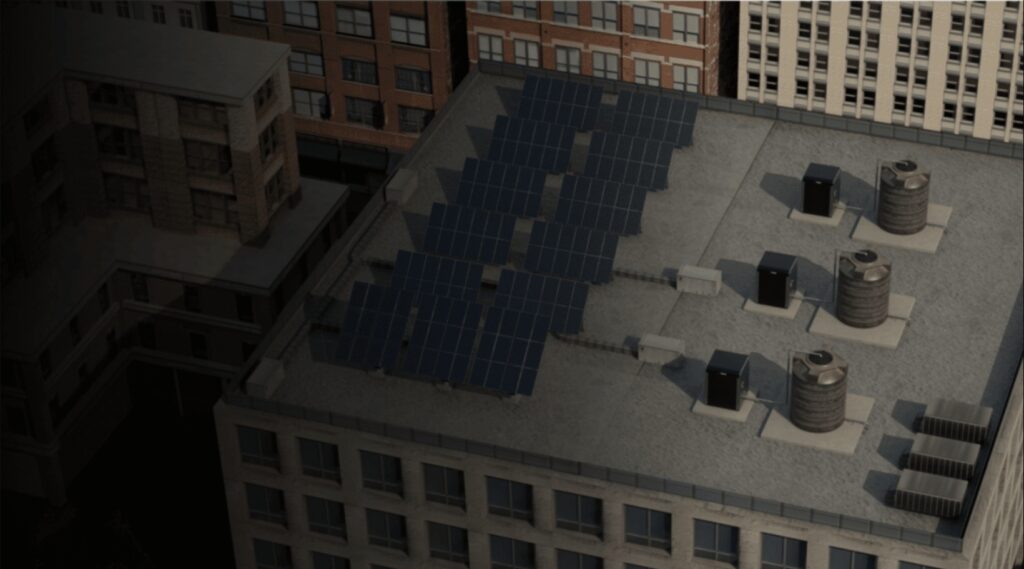
Combating Water Scarcity with Innovative Technology
AWGs are revolutionizing access to clean water in various communities worldwide. The World Economic Forum has implemented public-private partnerships to introduce AWG units in Arizona’s Navajo Nation, producing about 200 gallons of clean water per day. Aquaria has also partnered with developers to supply its technology to a 1,000-home community in Hawaii, relying entirely on atmospherically generated water.
Similar Posts
Environmental Benefits of AWGs
In addition to their impact on water scarcity, AWGs offer significant environmental benefits. By sourcing water “from thin air,” they eliminate the need for plastic bottles and large-scale plants that consume substantial amounts of energy. The minimal byproducts and the potential for solar-powered operation make AWGs a sustainable solution for the future.
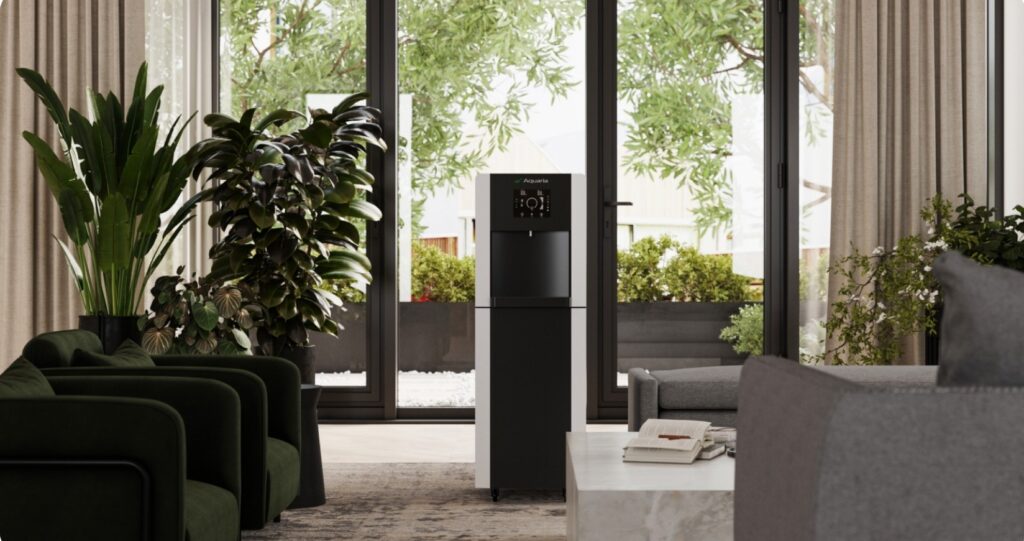
Future Goals and Global Impact
Aquaria Technologies has set an ambitious goal to help one million people access water from the air in the next decade. Through their “Frontier Access Program,” the company partners with water-related NGOs, community project developers, and sustainable development groups to deploy their technology in areas most in need.
As Brian Sheng states, “right now we really, we’re really interested in helping out Texas and Mexico. Mexico City right now is heading towards a really crisis situation where they might run out of water in a month or two. I think the data said it’s the end of June if it doesn’t rain. So we’re really focused on how do we connect with builders and communities in Mexico City to implement our product..”
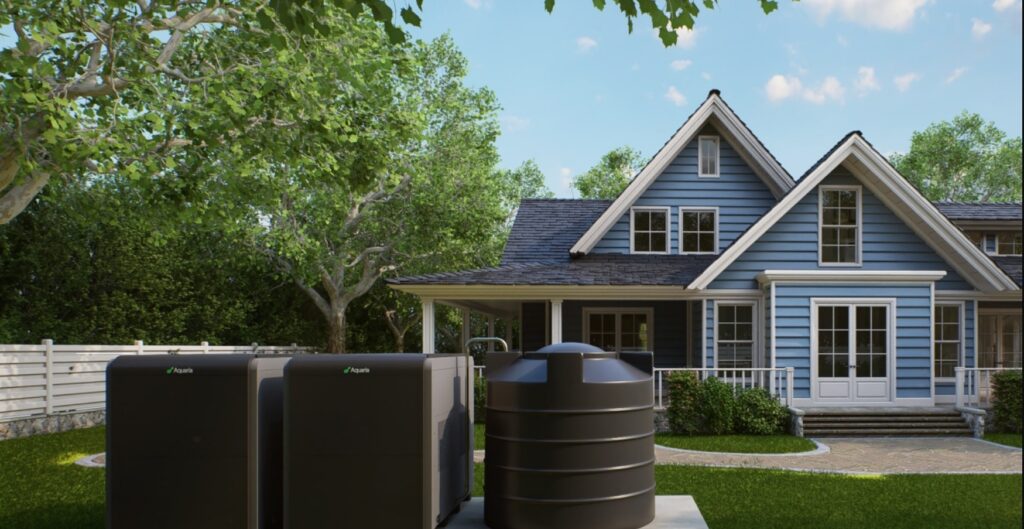
With the increasing adoption of AWGs and the continuous advancements in technology, the future of clean water access looks promising. As more companies like Aquaria Technologies step up to address water scarcity, we can hope for a world where the basic human right to clean water is no longer a distant dream, but a reality for all.
